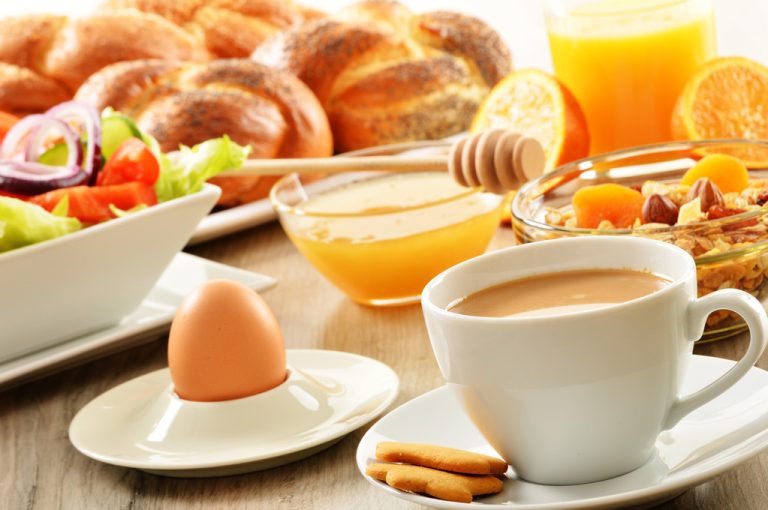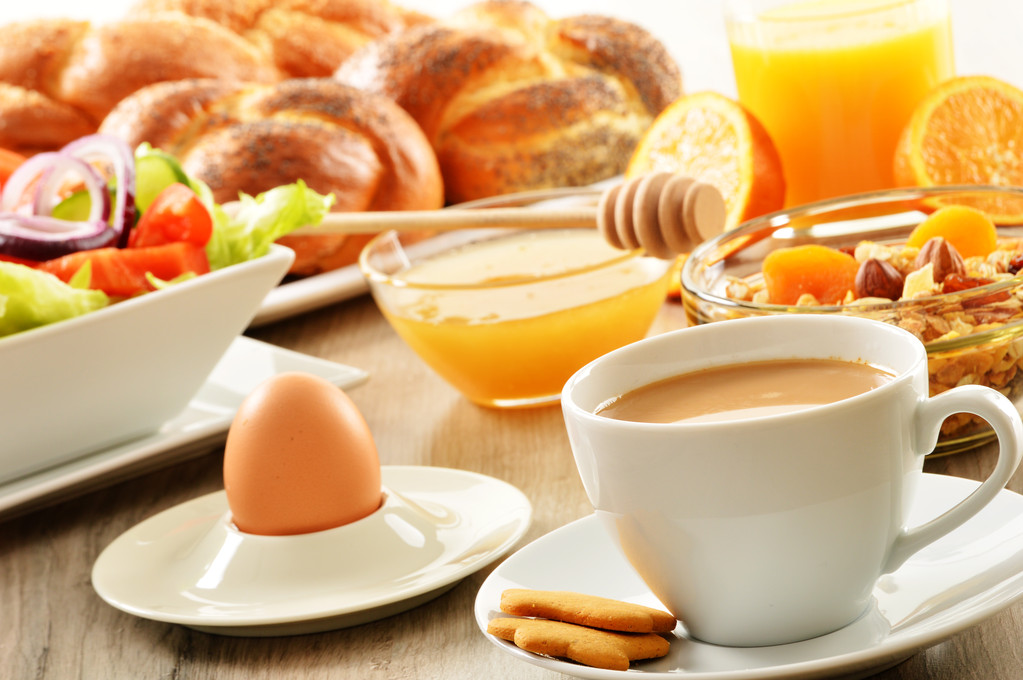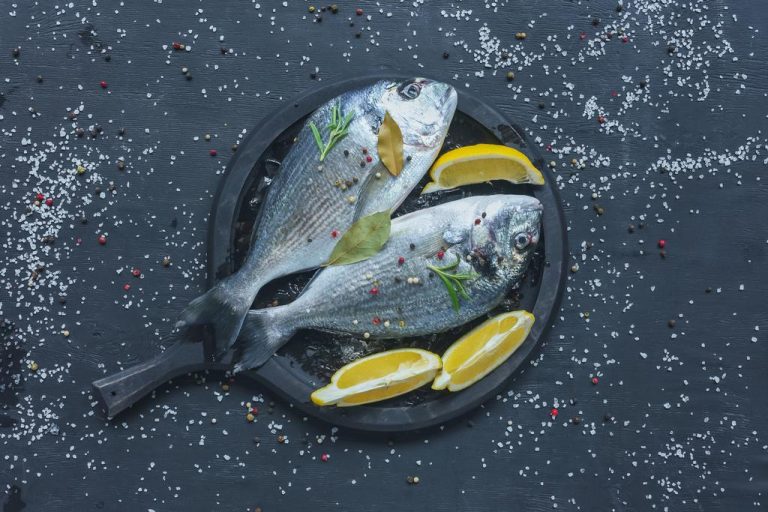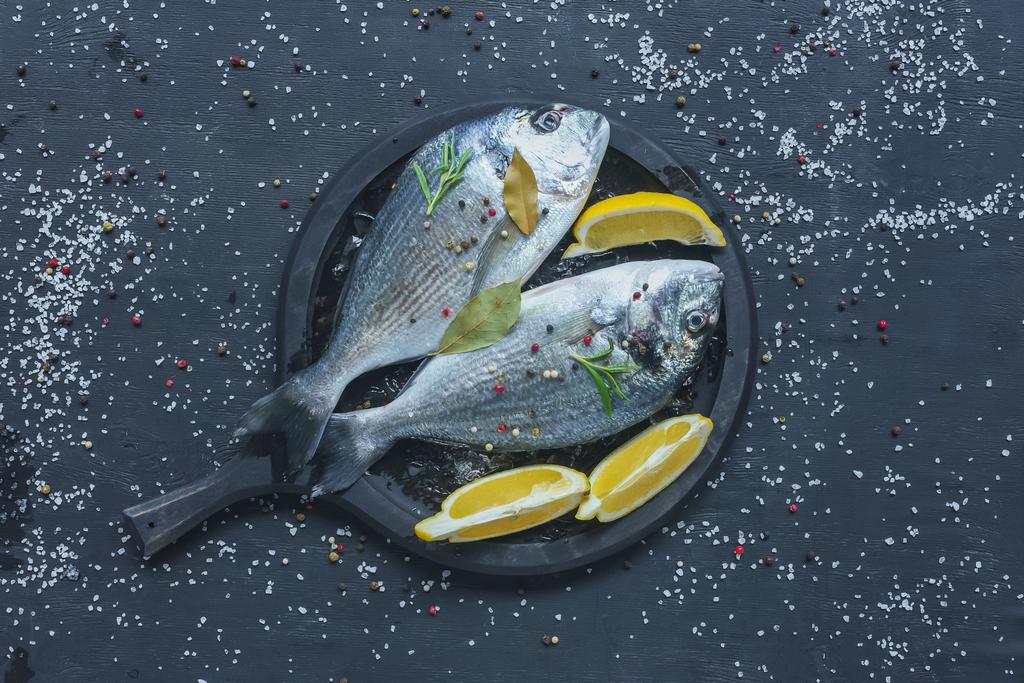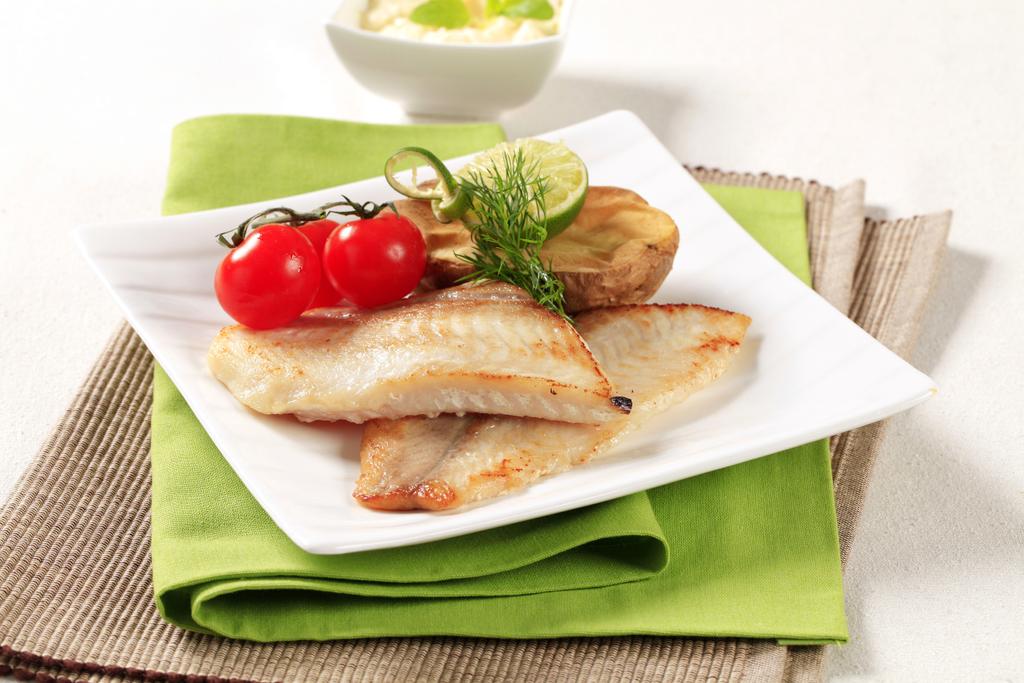Strawberries are a real summer highlight. Then we’re really lucky that we can enjoy Spanish strawberries as early as January, right? OKO-TEST explains why you should enjoy strawberries seasonally and why you should choose German fruit.
Thanks to large strawberry plantations in Spain, we can enjoy the red fruit all year round at reasonable prices. Actually sounds pretty perfect. But exactly the opposite is the case, as Oko-Test proves.
Strawberries are in season from May to August. However, as a rule, strawberries can be found on fruit shelves all year round as they are grown in Huelva in southern Spain. In this region, it is pleasantly warm all year round, but there is not much precipitation there. And that’s where the problem lies.

A whopping 276 liters of water are needed to grow one kilogram of strawberries. But since water is a scarce commodity in southern Spain, farmers dig illegal wells to irrigate the fields. Due to large-scale agriculture, the water consumption in southern Spain is significantly greater than the proportion that can be obtained naturally.
The consequences are dramatic: the groundwater level drops by ten meters every year, rivers dry up and many regions are threatened by desertification.
Oko-Test recommends seasonal strawberries from Germany
Another problem with Spanish strawberries is the high pesticide load. In Germany, much stricter guidelines apply and many pesticides are banned. Although Spain sells the majority of strawberries to Germany, its own regulations apply and not the German ones.
It is gratifying that the current pesticide load is lower than in previous years. However, the pesticides that are used are of particular concern as they are carcinogenic or toxic to reproduction.
The test results
A total of ten strawberries from Spain were tested in different supermarkets. Whether it’s Aldi, Edeka, Rewe, Lidl, Kaufland, Norma, Real, or Penny: All strawberries come from extremely dry regions and are contaminated with pesticides. Only in the case of the strawberries from Aldi Nord were no particularly questionable pesticides found. The overall rating was sufficient for all strawberries. Rewe’s strawberries were even rated unsatisfactory.
Oko-Test recommendations

Enjoy local strawberries. Not only are they less contaminated with pesticides, but they also taste even better. In addition, the high water consumption in Germany is less of a concern because they are grown in regions where there is no risk of desertification.
Strawberries from Spain or Morocco are ecologically extremely questionable because a large amount of water is used for cultivation.

